Hello, I hope that each and every one of you is very well! I recently wrote about the House of Peruvian literature, and today I want to share with you my experience of another museum that is just next to the one I just mentioned. I have seen how, through the years, this area of Lima has changed so much from before. This area had no tourist movement in the sense that people walked directly either from the main square of Lima to the convent of San Francisco or vice versa.

However, today these routes have become obligatory to be able to visit the area, and when it is free it's even better! And in this way you can take full advantage of each one of the open doors that lead to the museums of Lima for each one of us.
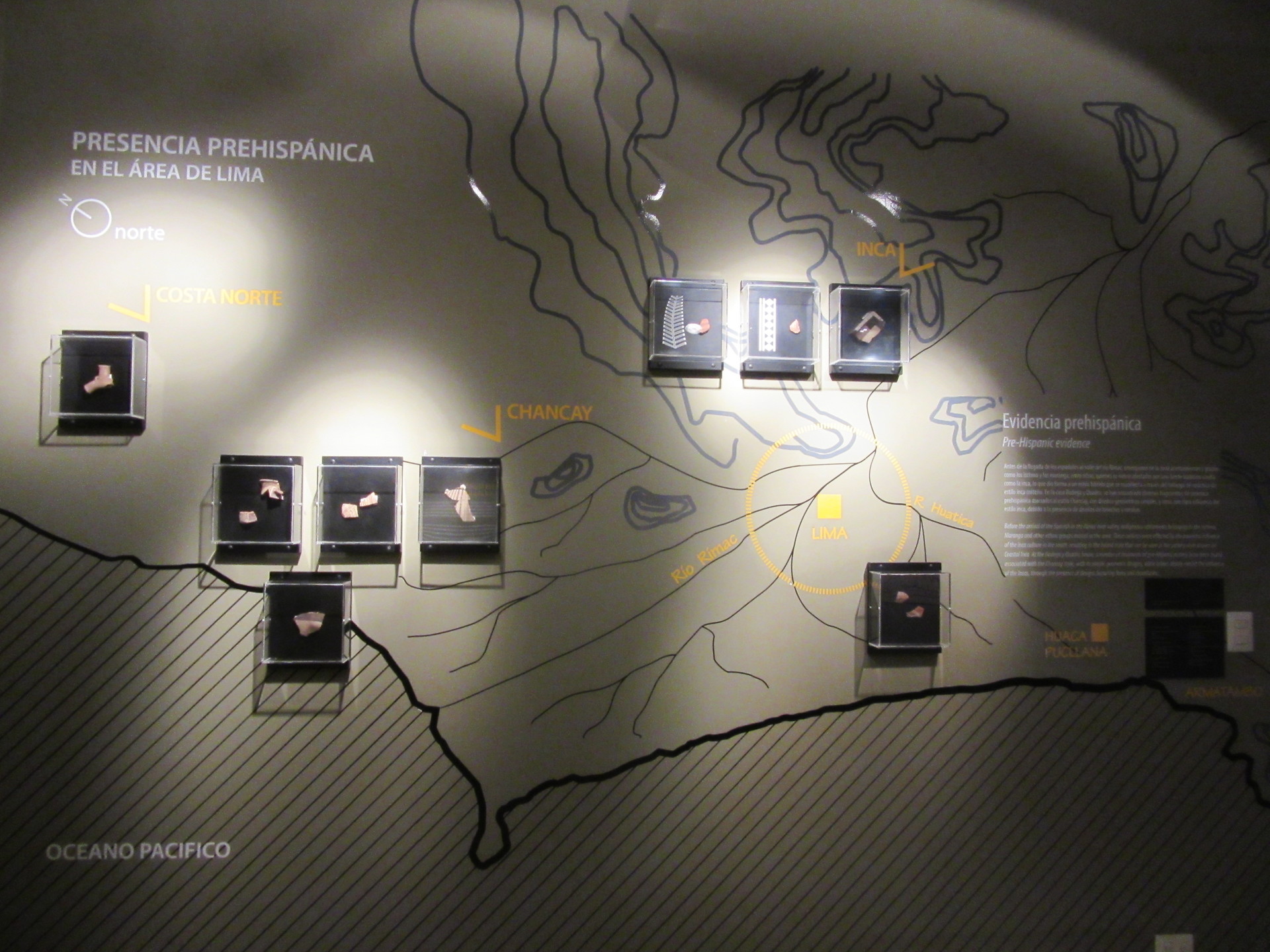
I remember that when I passed through this area when it was not yet inaugurated, it really caught my attention, knowing that things were going to be found here in this museum: “Bodega y Quadra Museum” . I think I was one of the first to visit it when it was inaugurated and since then I have visited endless times, and every time I have been able to go with a foreign friend to get to know the historic centre of Lima.

What you will see in this museum is that there are some permanent exhibition halls that date from the colonial and republican period of Peru and my wonderful city. Many of these pieces have been found here in this same museum as it belonged to a family of Spaniards who lived in the centre of Lima.
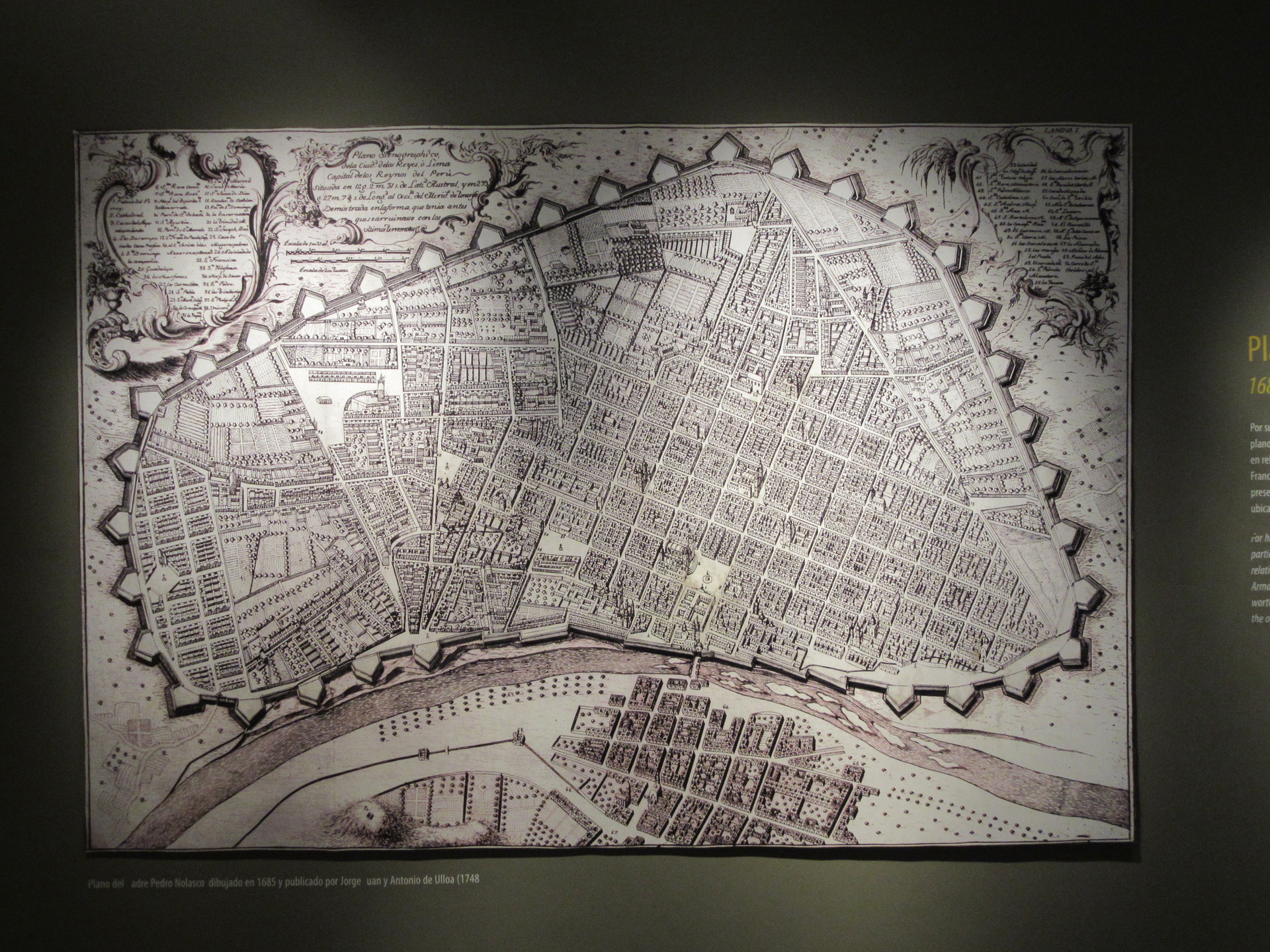
When you enter the museum, the first thing you will find a bust, honouring the owner of the house. I present it to you here:

Furthermore, in the rooms you will find a sample of a simple map of the pre-Hispanic presence in the area of what is now the centre of Lima and all the other districts that make up this mega city with almost 10 million inhabitants.
If you approach this part you will also be able to see that there are small pieces of ceramics of the remains that have been possible to find on these sides of Lima, although they are only small pieces, I think this could call the attention of any lover of history.
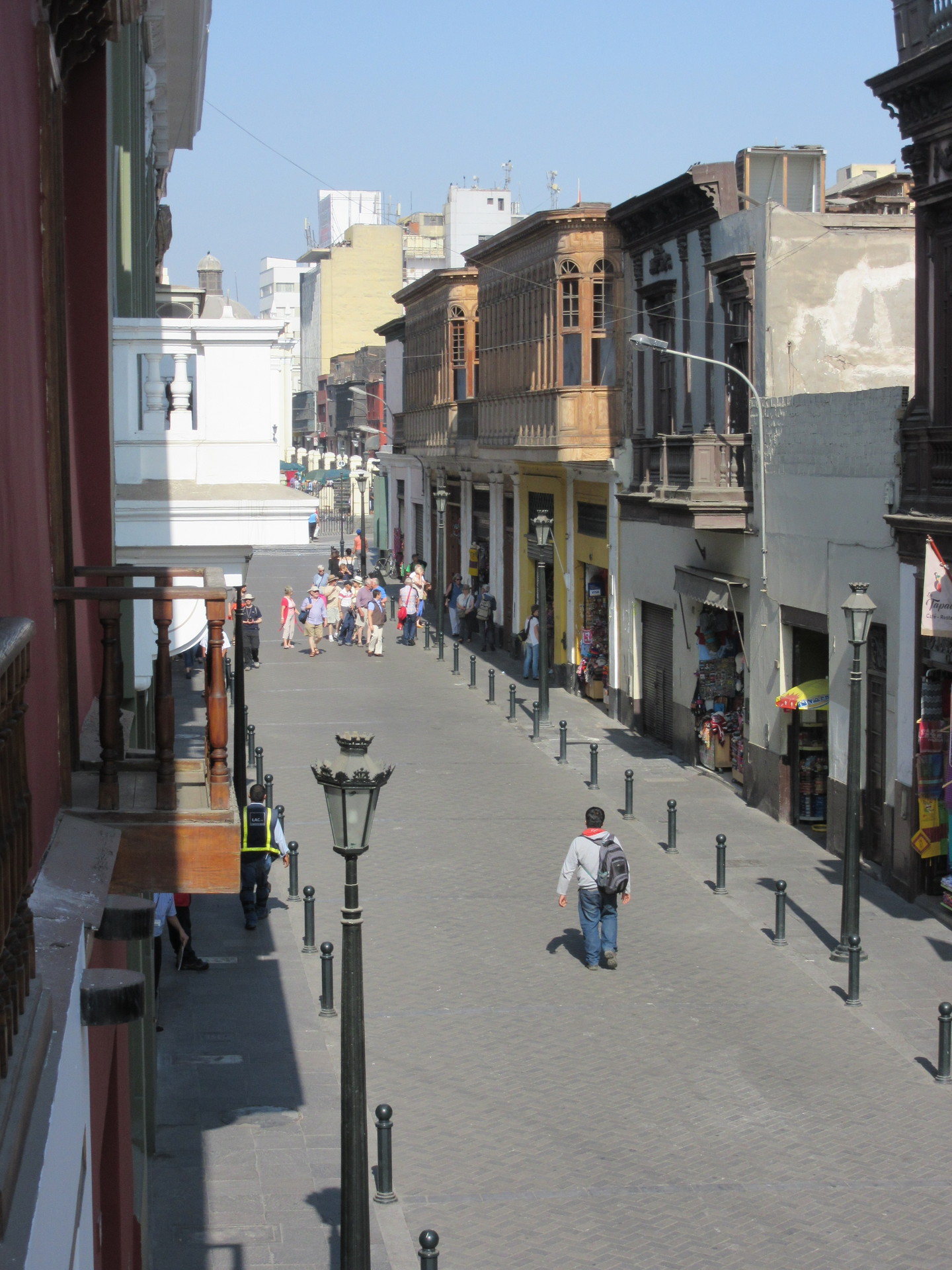
Pre-Hispanic times
When I see this kind of things in some way I feel very happy, since it's possible that some people, when they get to know Peru, think that the history of Lima begins with the arrival of the Spaniards. However, this is not the truth since before they arrived, there was already a whole civilization that was in charge of an entire production areaIt was precisely for this reason Francisco Pizarro decided to make Lima the capital of the Viceroyalty of Peru so he could then take advantage of the hydraulic works established by the natives of this area of Lima.
The Hispanic trace
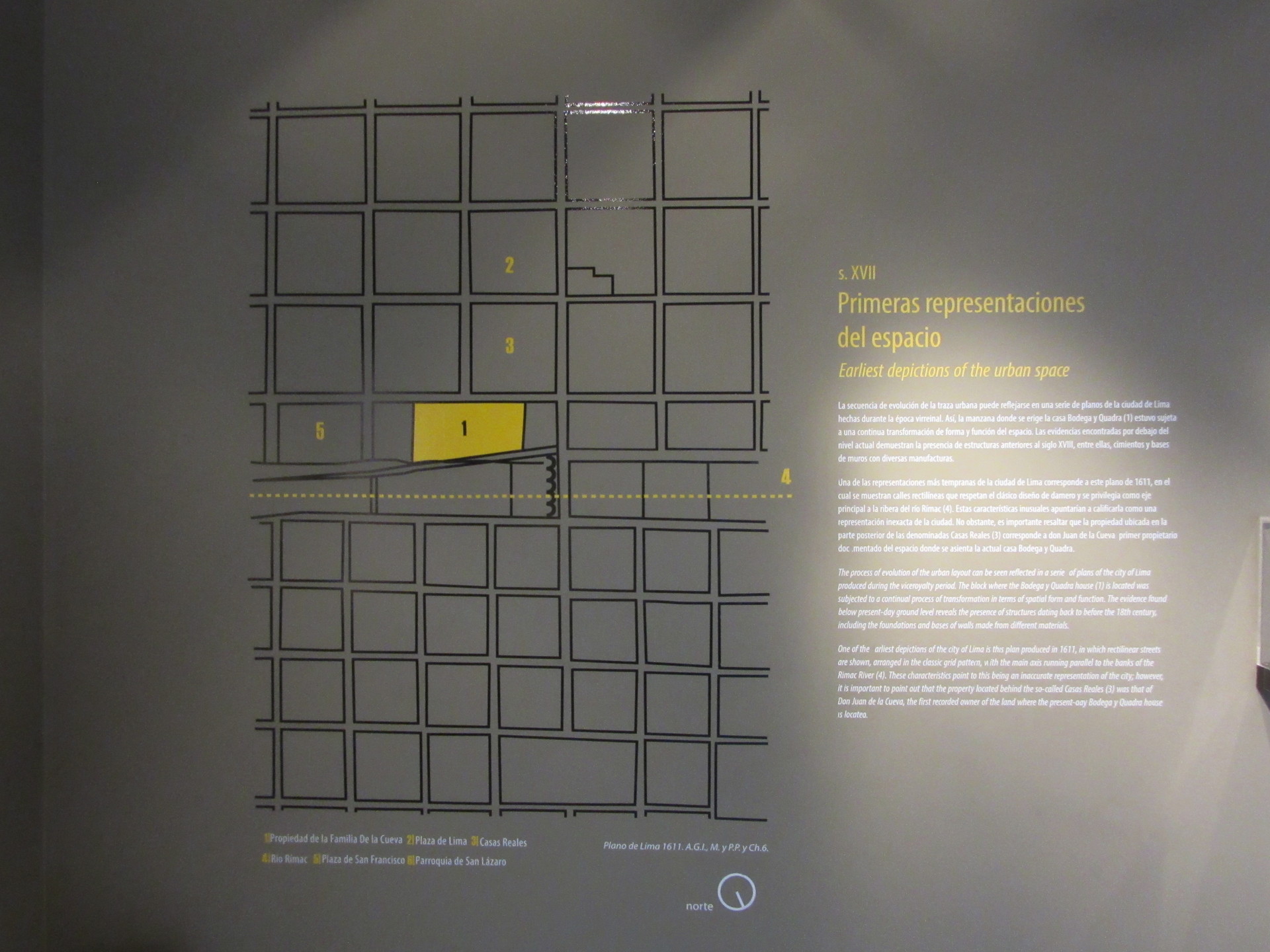
From Spain came all this new distribution of what is now known in the centre of Lima as the Lima Square starting in the heart of central Lima, the main square, also known as the Square of Arms, Francisco Pizarro began to distribute the plots to his colleagues and, little by little, the development of Lima began to then make it into one of the most glorious cities of this part of the continent during the colonial period.
The good thing about this museum is that you will be able to find the descriptions in both Spanish and English, so for your friends who do not speak any Spanish, this is their opportunity to learn more about the history of Lima for free!
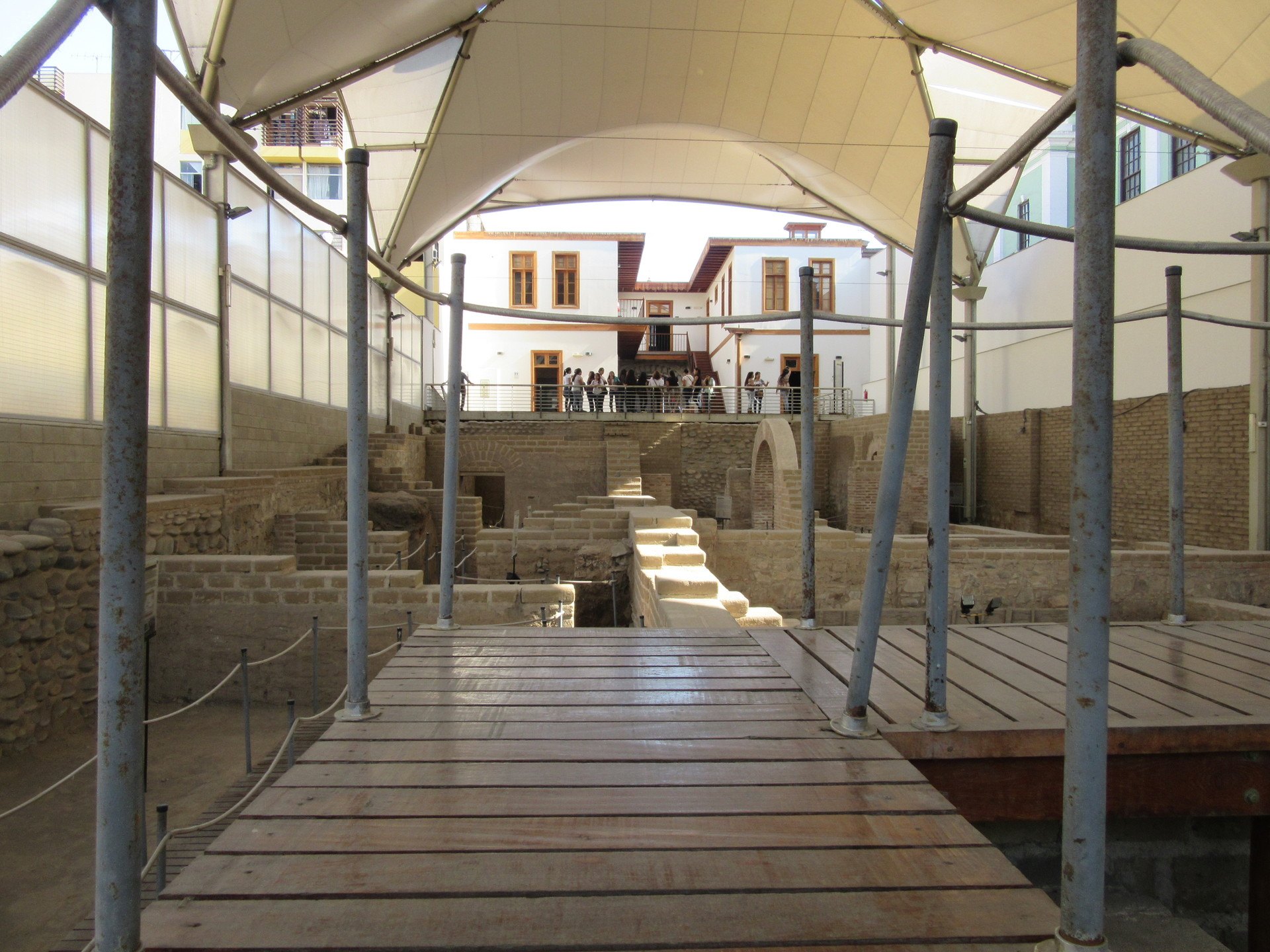
Ceramics and the Spanish influence
After going through the pre-Hispanic and Spanish time periods, you will find on one of the walls information about how, little by little, both ways of life were mixing to form an authentic ceramic made by the hands of the natives with Spanish influences. Furthermore, new points also began to develop such as, for example, glassware, as well as different tools for the exploitation of all the resources that could be found in the city of Kings, also known as the Three Times Crowned Villa.
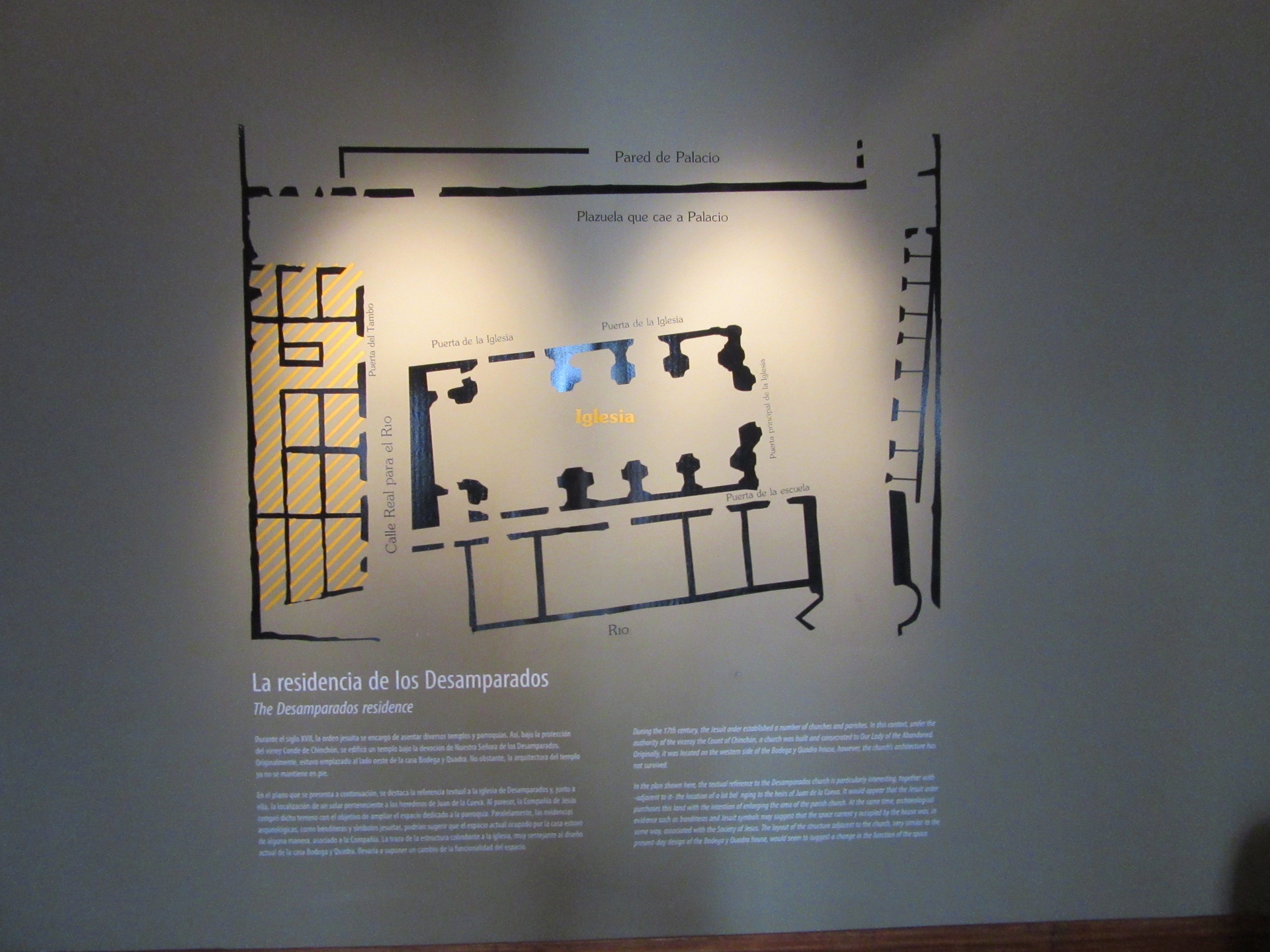
You will also be able to find a map with what was colonial Lima. You can, in all truth, clearly see the theme of plots of land that I was telling you about, and you will also realise that the city was walled around its borders as a means of protection and I think that it was also a classist way of perpetuating the differences between each of the inhabitants according to their different social stratification, problems that still exist today in the complex Lima society.
There is, for example, the discrimination of classes, race, gender and of many others that began to work from those times. And Lima has not yet been able to overcome these, despite being today a city of all bloods, as the great José María Arguedas once said.
The Museum is also going to transfer them by the marine trips that were made from America to the Philippines that were also a Spanish colony at that time, this for example reminds a lot of Santa Rosa de Lima, who was the first Saint of Peru and is considered the Patroness of America and the Philippines.
In this sample you will find some remains of suitcases that belonged to this commercial exchange that happened between these two parts of the world.
If you are much more interested in the subject of history then you are lucky because here you will find more information about how the House of Peruvian Literature was formed, which was also known before as the Station of the Helpless.
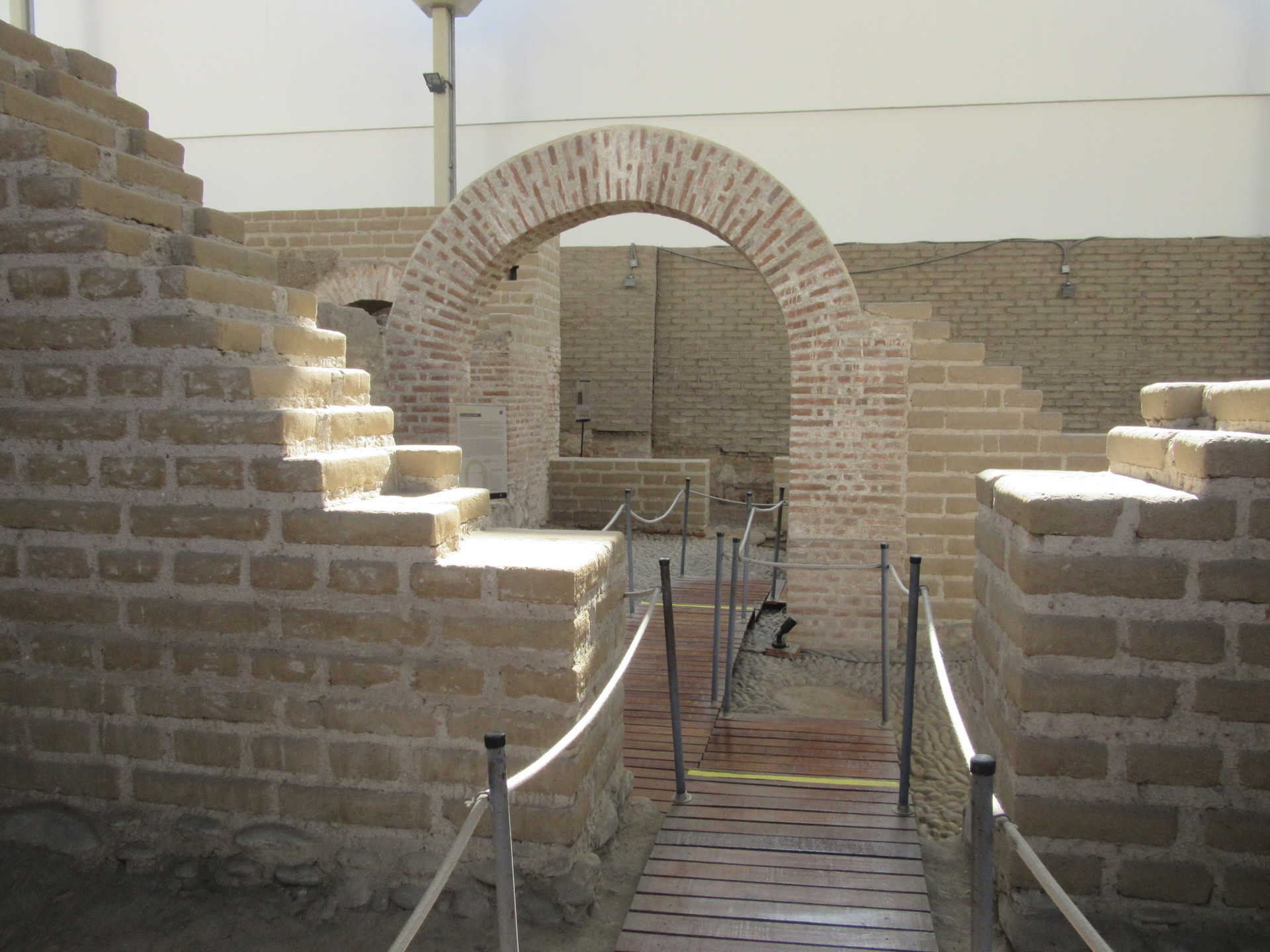
This Museum not only has samples of ceramics and rooms but also has archaeological environments or areas within the same house, which I will share with you so that you can learn about them:
Entering here means travelling through history since you will find a lot of useful information about the times of the colonial period, from what the slaughterhouses of those times were like as well as how the construction of these environments, such as the marinade and its wells.
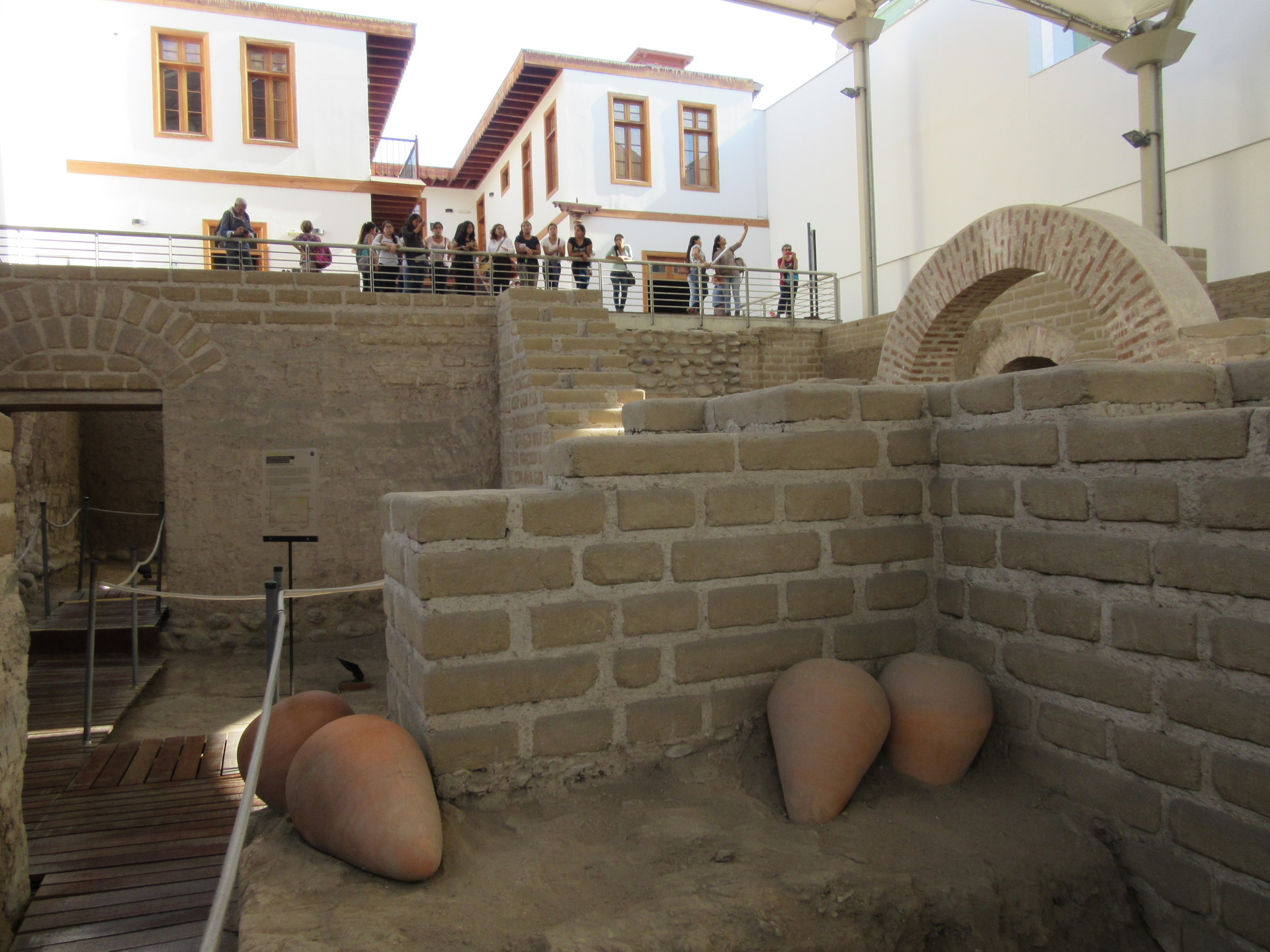
Entering here is safe. You have to go through some doors, some remnants of walls and roads are marked so I am sure you will have no problem with travelling and enjoying yourself. Furthermore, if you come at the times when the museum opens at night then you are in luck! Because this whole area is illuminated.
Furthermore, you are also going to find some pitchers filled with Pisco. As you may already know, Peru is a producer of Pisco and it is our national drink, also known as one of our flagship products, so they I assure you that here you will be able to see as different decorative elements pitches of Pisco located along the route, this drink was a product of the presence of the Spaniards and the fertile lands that were being developed in this part of the world.
The affects of the 1746 earthquake
After having toured the archaeological area of the museum I went back to the rooms, this time going to the second floor where there is information about one of the most catastrophic earthquakes in the history of Lima. This earthquake occured in the year of 1746 and in the month of October, that, by the way, is considered the Purple Month in Lima as well as the month of tremours.
The earthquake also affected the structure of this house and it was the reason that the family later decided to make their underground cellars, which can be visited today.
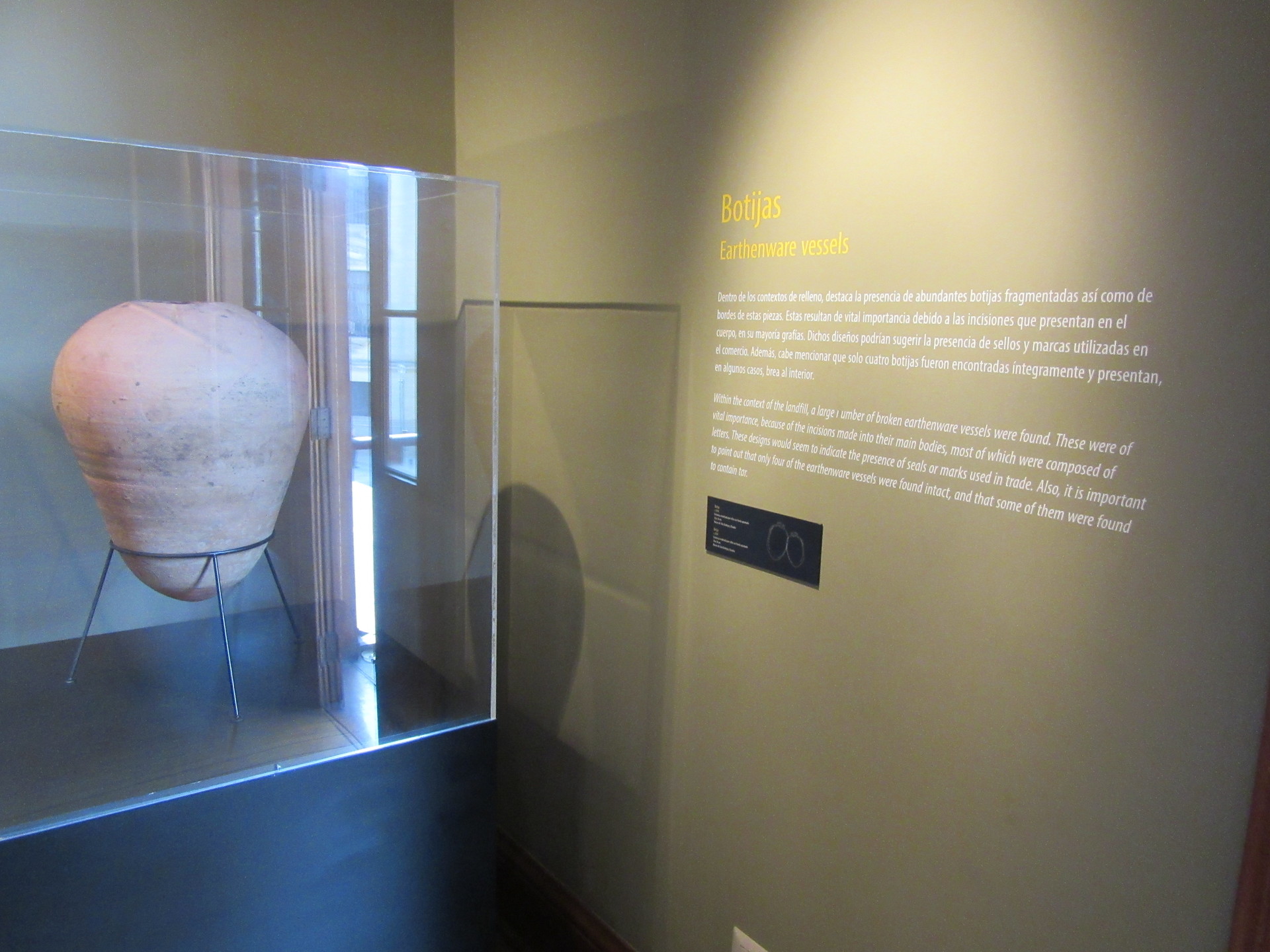
There you can also find Pisco receptacles that you can sample. Furthermore, you can also find a balcony with access to the street where you can go to then be able to see, on the second level, the torn Ancash, which is one of the places I mentioned that I went to when I did my internship at the convent of San Francisco.
Map with Mayolica Panameña
Moreover, the museum is also open to regional culture and the famous Panamanian receptacles, which were receptacles made of glass that were used by the families of the Lima elite as a sign of luxury.
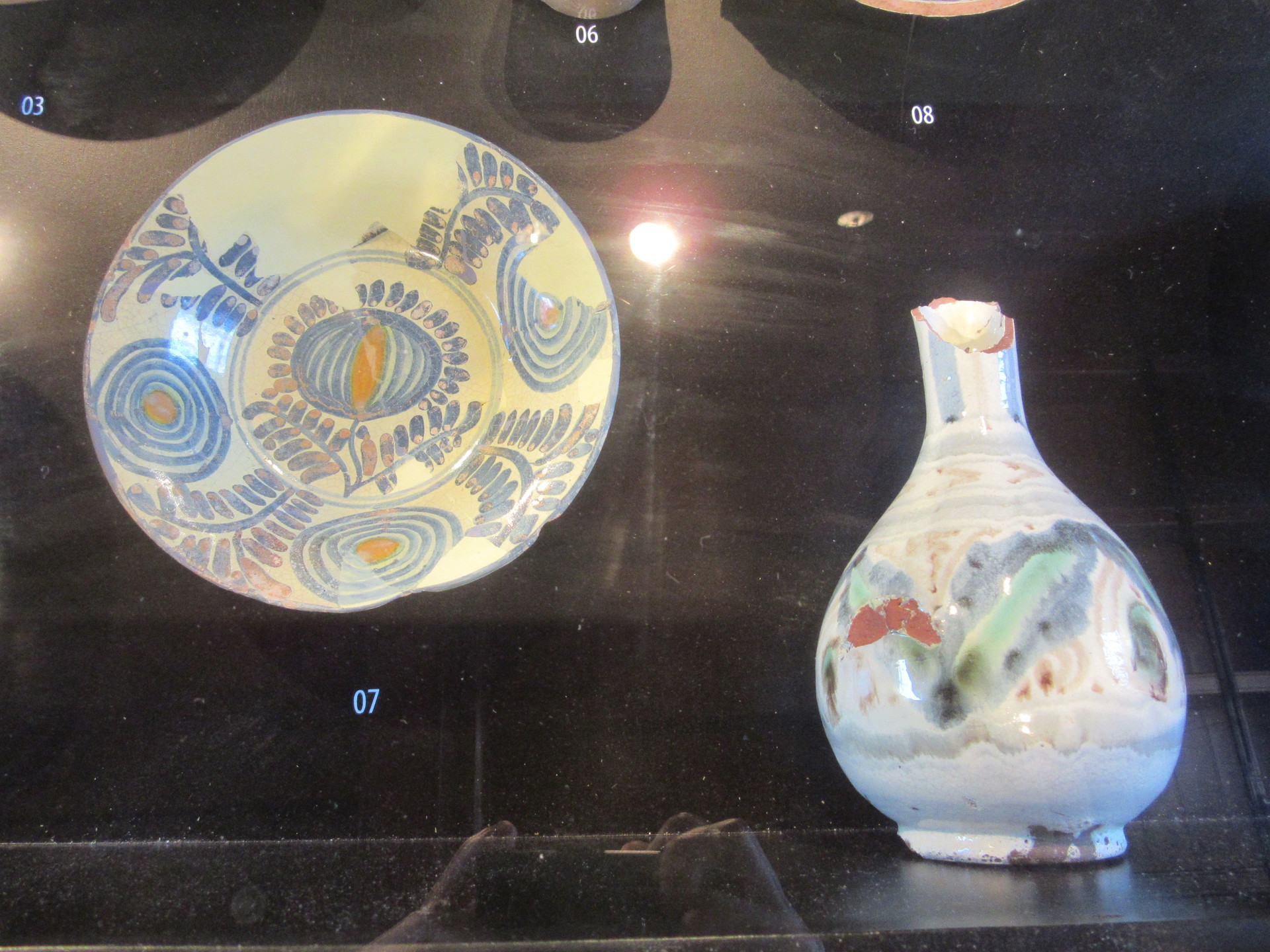
The colours that predominated in this style type were white and blue. The studies of these, from what I could gather from the museum, began to be carried out in just the decade of the 70s.
Different hypotheses have been raised about the production areas: on the one hand Panama City is considered to be the centre of ceramic manufacturing, whilst, on the other hand, other authors, hold the importance of Lima in production. In the Museum room, several objects are presented that could be considered as evidence and would indicate a local manufacturing process.
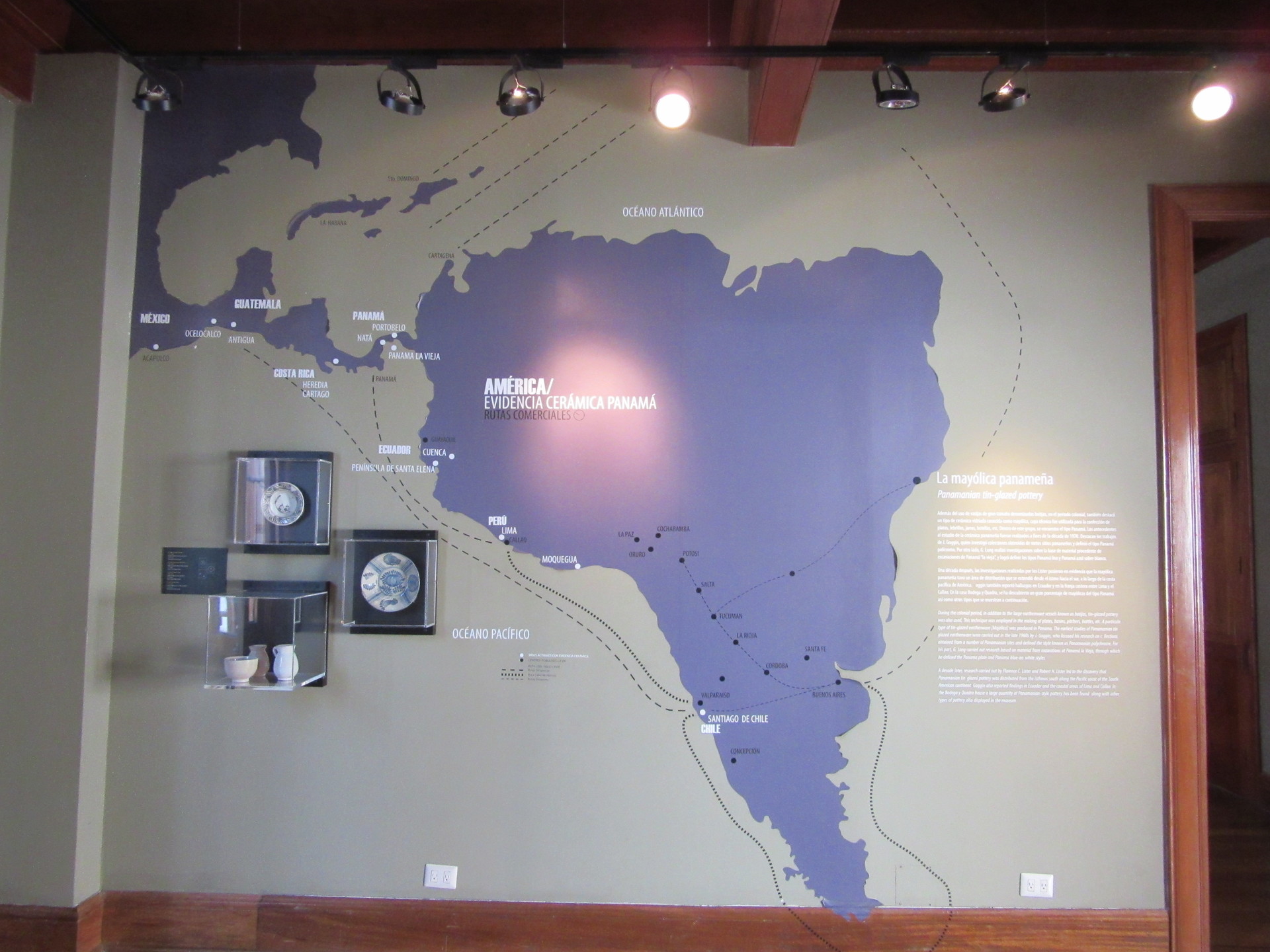
In instruments used for cooking receptacles, such as ceramic tripod stands, the presence of defective glazes and even objects with incomplete manufacturing would suggest that part of production was carried out entirely in the city of Lima. Although, decorative motifs would continue to imitate imported ceramics.In conclusion, the current state of research does not allow for the confirmation of a certain origin, but there is enough evidence to generate debate.
Public Hygiene and Health
On the other hand, the receptacles have a context that is also related to the care of personal use, since around the 19th century there was a greater interest in personal care as a result of illustrated science. These new trends and theories influenced this transformation due to reflections on environmental health.
Some travelers satirize, criticize and strongly describe the city of Lima, and came to affirm that the ditches had become a public laundry. The importance and the consumption of European articles such as perfumes, fragrances and cosmetics were a response to this desire to reduce bad smells, although they also acquired a lavish character. Other objects associated with the contexts are the two-sided combs, made of wood and bone, mainly considered luxury accessories for the time. And so the new fashion increased the demand for imports and made them a means of social distinction.
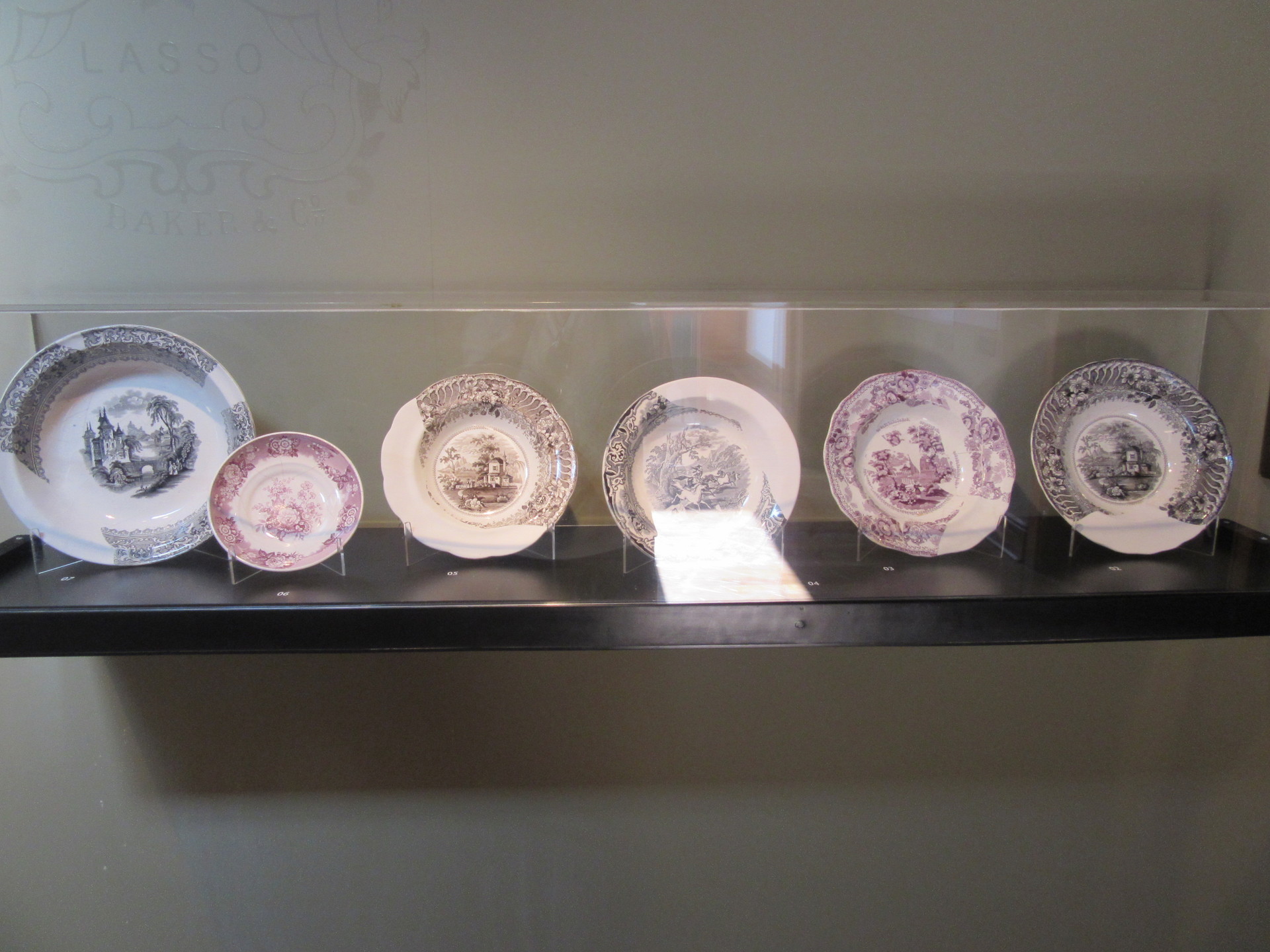
Here is a photo of these accessories that served to differentiate the Lima elite from the rest of the inhabitants of the city.
Consumerism and Fashion
The years following the independence of Peru were marked by an accentuated English influence, despite the protectionist policy of the first governments. Imports were on the rise due to the roots of the new fashion and the prosperity provided by the exploitation of guano and saltpeter, which encouraged the consumption of luxury items such as crockery, cloth and dress clothes among others. That is why in the House of Bodega and Quadra it has been possible to recover a large amount of English ceramic, a fine and colourful item that reamined at a low price.
Valuation of the House of Bodega and Quadra
Well, dear friends, as we have seen, the Bodega and Quadra Site Museum was conceived on the basis of the archaeological finds found within this historical monument as a result of a social housing program that meant the relocation of families living in slum conditions. These findings enabled the establishment of the museum where the material evidence of the time is exhibited and the relationship of these objects with the occupation of the Bodega and Quadra house is explained.
All these research works could be carried out thanks to the intervention of the municipality of Lima; first the archaeological investigation and then the process of recovery and enhancement of the house, as well as the restoration and conservation of its objects. You will be able to find many photographs in the museum that attest to all this labour completed by the workers in order to restore each corner of the house.
As we have been able to see, this place it is worth visiting, especially as it is a free place with unique archaeological samples in the centre of Lima. I hope you will soon be encouraged to visit the Bodega and Quadra Museum, you will have a good time and then you can continue your city tour either going to the main square or to visit more museums.
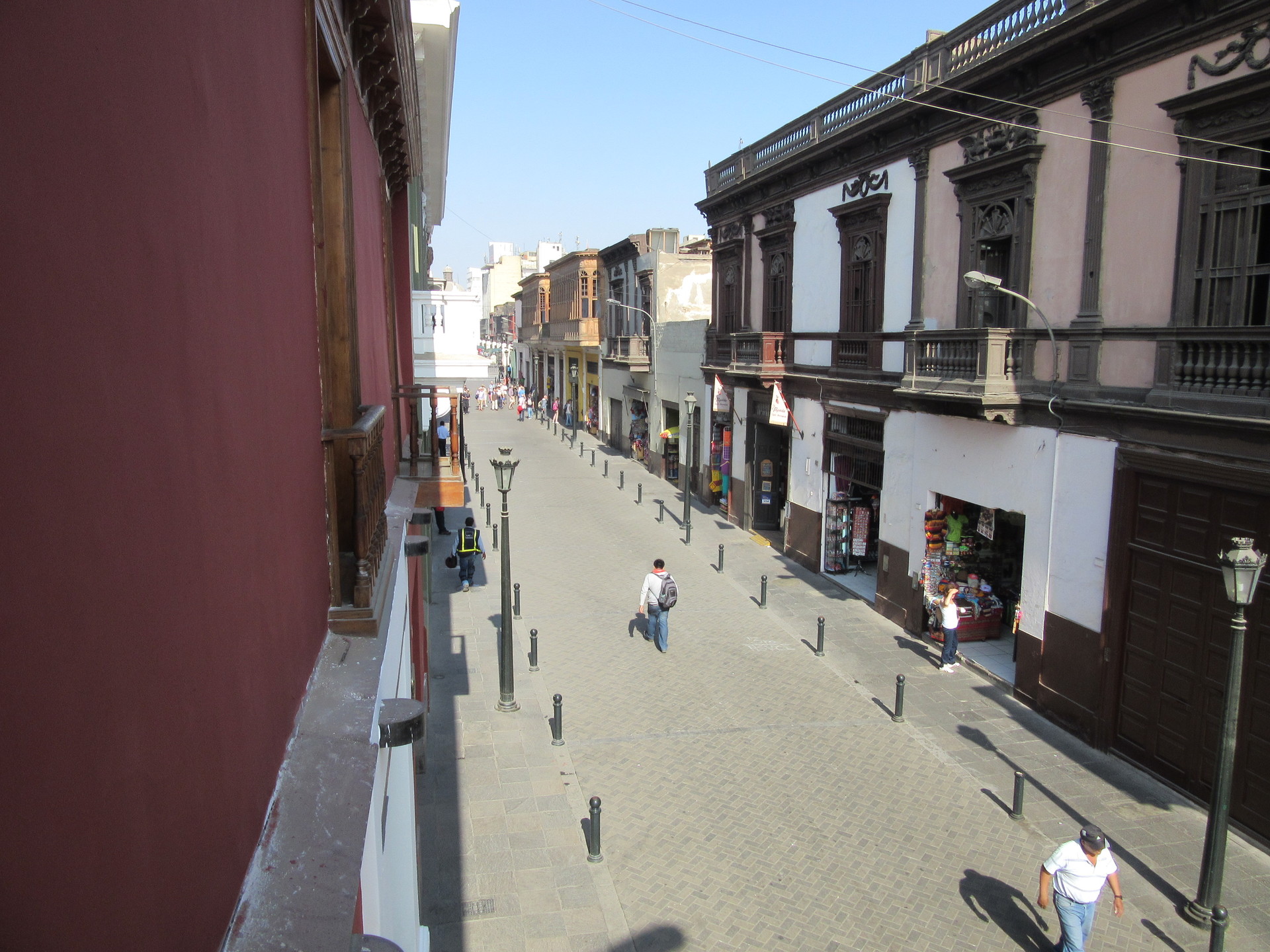
One afternoon is too small to truly learn all of Lima's secrets. Thank you very much for reading this reference; I hope you will soon come to visit this interesting point of central Lima, a magical, free place and where you don't need to spend vast amount of time to get a lot of information. After being here, you can take the opportunity to continue towards the main square of Lima or also to go to the convent of San Francisco de Lima, where the fabulous catacombs of the centre of Lima are located.
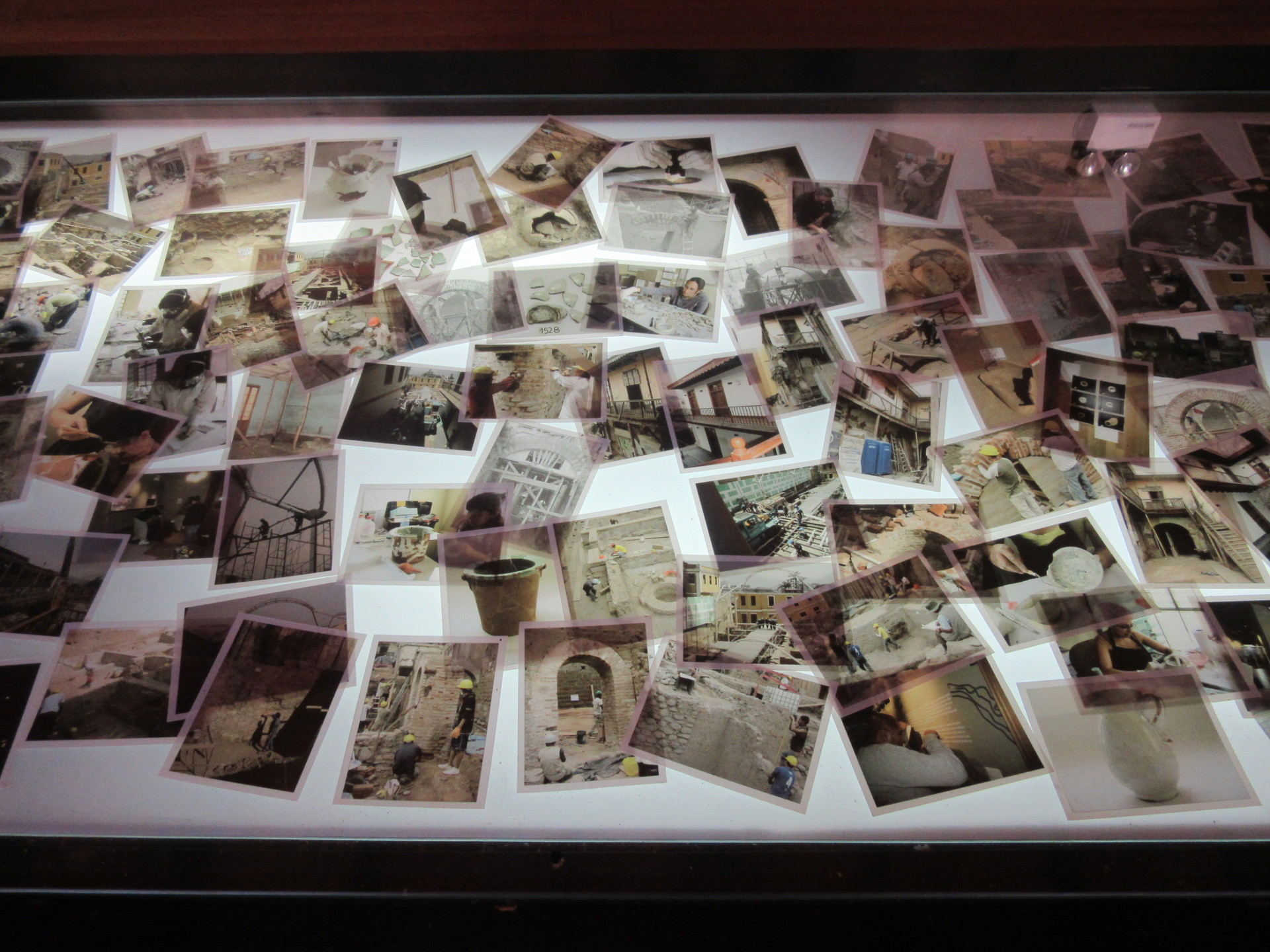
Once again, thank you for reading this reference and, as you will already know, the centre of Lima is a wonderful place, and is slowly renovating to be able to have the shine that it had in its prime. We are all invited to be part of the change. See you in another adventure of the historic centre of Lima! Keep loving Lima intensely.
